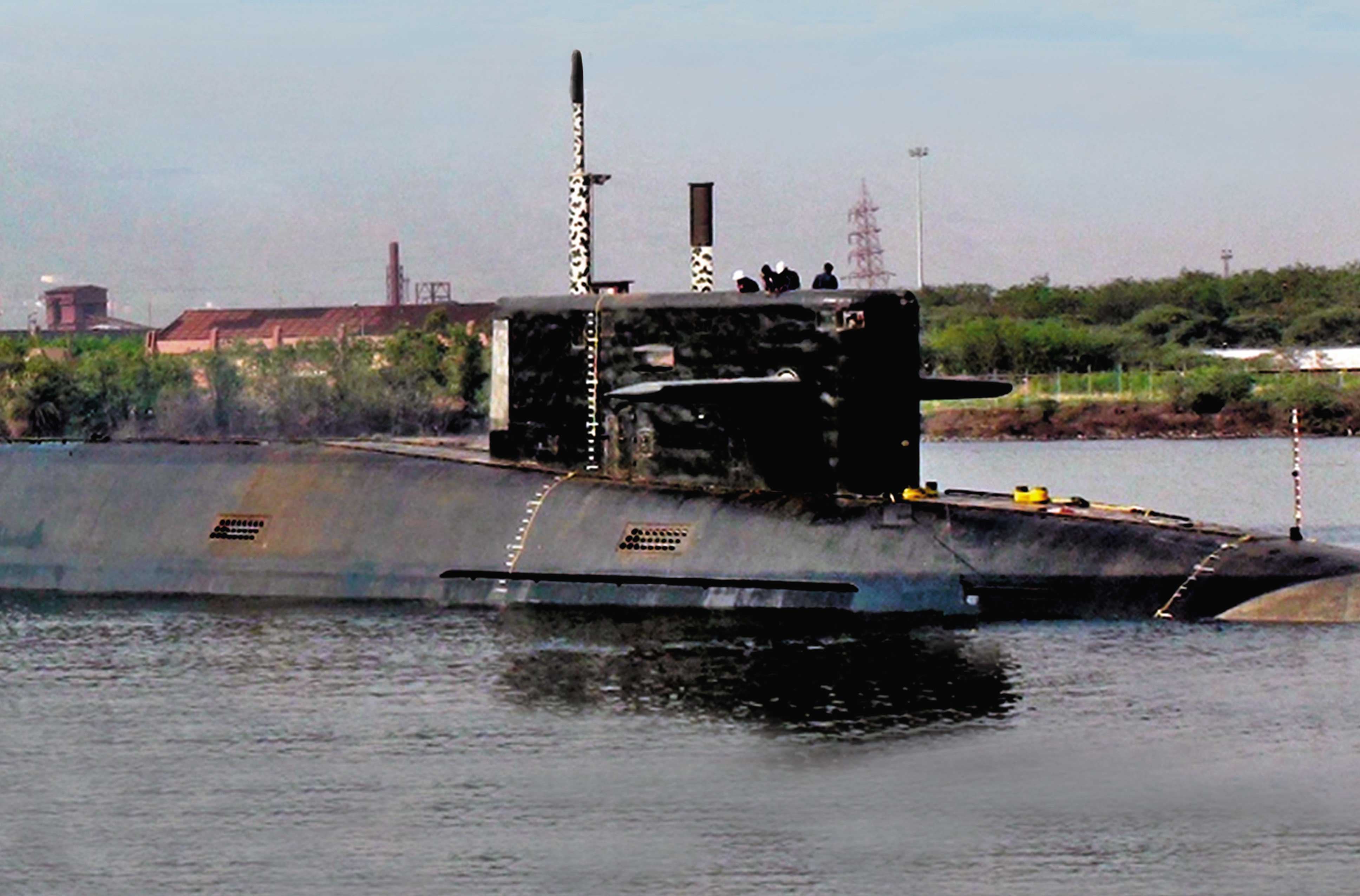
With the Indian Navy’s plan for a third aircraft carrier not likely to materialise, the biggest gainer could be the submarine fleet. The Chief of Defence Staff (CDS) General Bipin Rawat has been quoted as saying, “When we know that there would be two aircraft carriers, and if the submarine force is dwindling then our priority should be for submarines.”
Budgetary emergencies force you to prioritise and currently the focus needs to be on fast-moving and rapidly deployable assets such as submarines rather than a large carrier battle group (CBG) that may become rudderless each time the carrier goes for maintenance or a refit. India’s newest flat top, the INS Vikramaditya, is at port at least six month a year.
While nothing spells deterrence like an aircraft carrier with its ability to hit hard and far, in the current geopolitical situation, stealthy submarines can play an equally meaty role. The Indian Ocean Region (IOR) is becoming an area of intense rivalry between India and China. The People’s Liberation Army Navy (PLA Navy or PLAN) now has a near permanent presence in the area with a growing fleet that allows it to rotate warships with ease. The spearheads of the PLA Navy are its new and upgraded submarines which have been frequently spotted in Gwadar port, underlining China’s naval nexus with its client state Pakistan.
According to a report by the US Office of Naval Intelligence, China’s submarine force is part of what Beijing calls “non-contact warfare” – the use of weapons and platforms capable of conducting long-range, precision attacks from outside an enemy’s defended zone.
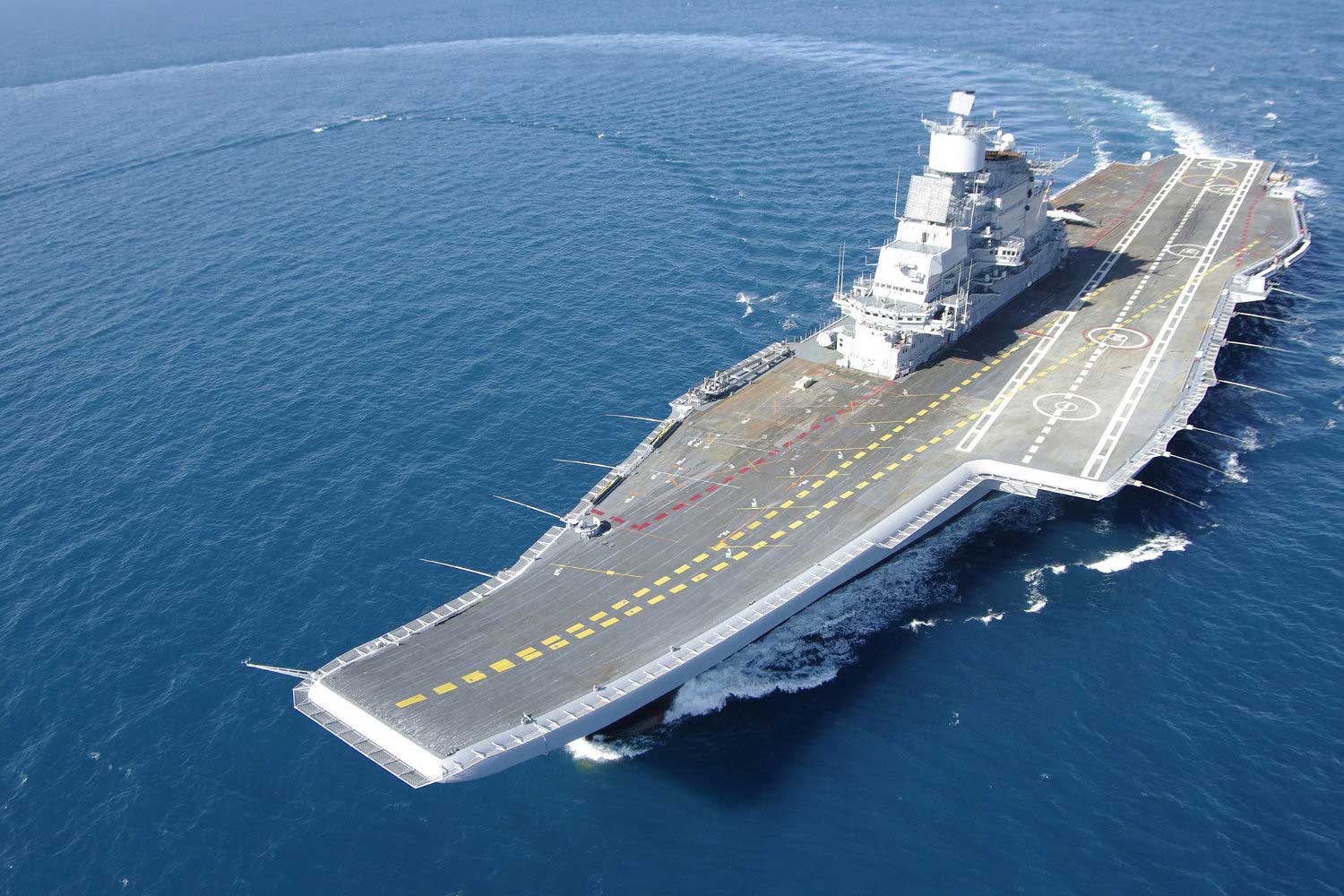
In alignment with that doctrine, the PLA Navy is adding nuclear attack submarines (SSNs) and nuclear ballistic missile subs (SSBN) at an alarming rate. As per estimates, China currently possesses 53 conventional submarines, five SSNs and four SSBNs.
In comparison India has 15 conventional, one functional SSN, the Akula class Chakra, and the first indigenously built SSBN, INS Arihant. The majority of the conventional submarines are over 25 years old, and 13 of these vessels are between 17 and 32 years old, according to a parliamentary panel report on defence.
In just three more years, the Chinese submarine strength is expected to reach 79. Even as older noisier subs are being upgraded, the introduction of new submarines armed either with nuclear or cruise missiles will make the PLA Navy more lethal.
The number of attack submarines that can launch anti-ship cruise missile is also increasing significantly. Since the 1990s, China has built 13 Song-class attack submarines and 17 Yuan-class ones with diesel-electric air-independent power attack submarines. Three more Yuans are slated for deployment in 2020.
Strategic missile submarines include four new Jin-class ones outfitted with the JL-2, a new submarine-launched ballistic missile with intercontinental range. Also in the works are the Type 096 and Type 093B, both new classes of missile submarines that will enter the fleet in the 2020s.
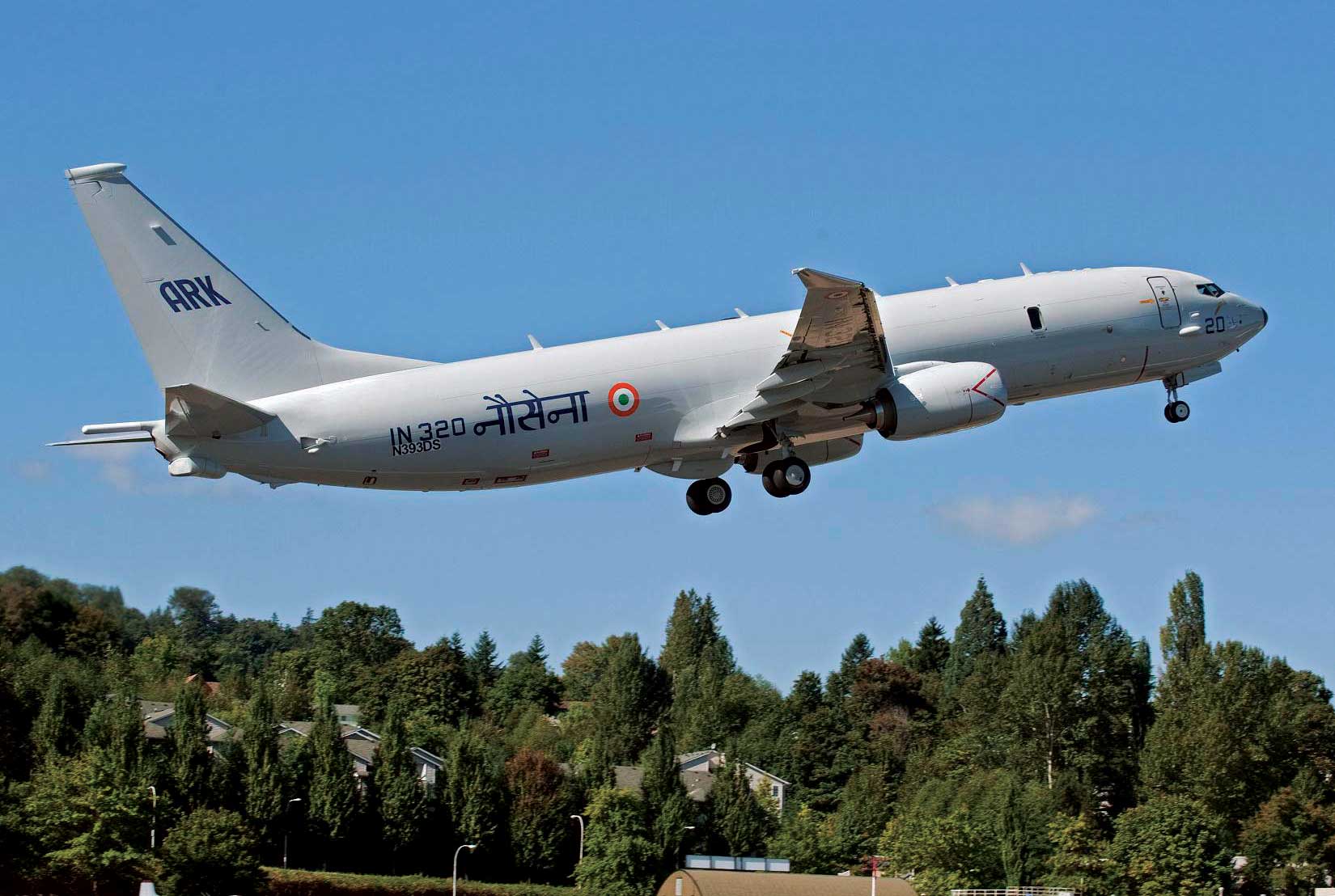
While China’s frenetic submarine building activity is primarily dictated by the US Navy’s pivot into the Pacific, the PLA Navy is also focusing on the IOR through which 70 per cent of Beijing’s maritime trade as well as its oil and gas supplies from the Persian Gulf passes. For years, China has been building a network of port facilities for its nuclear submarines operating in the Indian Ocean. Sri Lanka, Pakistan, Myanmar, Bangladesh and Djibouti now offer R&R facilities or bases for Chinese subs. “Ultimately, China’s submarine operations in the South Asian littorals portend greater Chinese force projection in the Indian Ocean,” says the Pentagon.
Pakistani fleet: Small but growing
Of growing concern to India is the expected spike in Pakistan’s sub-surface fleet which currently stands at five French built Agosta class submarine. After nearly two years of negotiating prices and terms, in 2016, Islamabad confirmed the purchase of eight Chinese S20 diesel-electric submarines. Four of these will be built in China while at the same time Chinese personnel will assist Pakistan in building another four vessels in Pakistan. The first sub is expected to be handed over by end-2023 and the rest will be ready by 2028.
The S20 is an export version of the Chinese Type 41, which is an illegal clone of the late model Russian Kilo, which is one of the world’s quietest submarines. According to Strategy Page, “China considers it an ‘improved Kilo’ while the Russians consider it IP (intellectual property) theft and an inferior copy of the original.” However, Western and South East Asian navies report that the Kilo and most of the Chinese clones are quiet and apparently effective subs. The highly automated sub – which has an endurance of 60 days – can be operated by a small crew of 38 and can fire 16 torpedoes or cruise missiles, giving Pakistan good value for money.
While Pakistan cannot afford to purchase – let alone build – a nuclear powered submarine, in January 2017 it tested the Babur-3 nuclear-tipped cruise missile that can be launched from a submarine, giving it a rudimentary nuclear second strike deterrent.
Monitoring undersea movements
In order to keep an eye on Chinese fleets, the Navy has deployed eight warships around the entry points into the IOR. “All the choke and entry points for the Chinese into the IOR are being monitored by our ships, along with the eastern and western fleets, which are deployed on both sides of the country. Any area not directly monitored is scanned regularly by the P-8Is operating in the region,” an Indian Navy officer told the media recently.
Maritime strategy
Submarines are critical for sea-denial – refusing the enemy space to navigate and dominate the deep blue. They are the killer wolves of the ocean that can decimate enemy fleets without warning and disappear as stealthily as they surface. The Indian Navy is fast tracking its submarine programme in the following context:
- India’s great power ambitions.
- Prime Minister Narendra Modi’s assertion that the Indian Navy is the net security provider in the IOR; the responsibility of maintaining security and stability in the region falls on India’s shoulder.
- The increasing size of the PLA Navy submarine fleet – both conventional and nuclear armed.
- China’s development of modern and increasingly stealthy submarines.
- Pakistan’s plan to more than double its submarine fleet with Chinese technology stolen from Russia’s super silent submarines.
According to a report by the Centre for Land Warfare Studies (CLAWS), India’s Boeing P-8Is have a good idea of Chinese submarines from the moment they enter the Indian Ocean till they leave. “We fairly know when they come in and go. We have mastered operation of the aircraft (P-8I). We have a very good idea of the route they take.”
While aircraft are useful anti-submarine warfare tools, having a strong sub-surface fleet is the most reliable weapon in the arsenal to maintain the upper hand in the IOR.
India’s bold new undersea push
The Indian Navy’s fleet of 17 submarines is in contrast to the 21 subs it had during the 1980s. Historically, India had played catch-up – it was Pakistan that acquired South Asia’s first submarine, in 1963, while India took the plunge only in 1967.
Naval Group’s Senior Executive Vice President Alain Guillou
However, after years of neglect, the Indian Navy’s submarine arm is in expansion mode. The 30-year submarine construction plan launched in 1999 envisaged building of 24 conventional submarines but suffered numerous delays. The current plan is to build 24 subs, including six nuclear attack SSNs. These will give the Indian Navy the same number of nuclear attack submarines as France.
Six new generation attack submarines being built in Mumbai in collaboration with French firm Naval Group, previously known as DCNS, are part of the Scorpene 75I project. The Navy intends to use them for missions such as area surveillance, intelligence gathering, anti-submarine warfare, anti-surface warfare and minelaying operations.
The first Scorpene class sub, named INS Kalvari, was undocked in April 2015 – after a three year delay. In March 2018, Mazagon Dock Limited (MDL) launched the third Scorpene, with the rest expected to be built by 2020. The launch highlights the remarkable success of indigenous submarines totally built by MDL through technology transfer in line with the Government’s Make in India policy.
The Ministry of Defence stated: “The state-of-the-art technology utilised for construction of the Scorpene class submarines has ensured superior stealth features such as advanced acoustic silencing techniques, low radiated noise levels, hydro-dynamically optimised shape and the ability to launch a crippling attack on the enemy using precision guided weapons.”
Adding a touch of hyperbole, the Naval Group’s Senior Executive Vice President Alain Guillou said: “This is a remarkable feat achieved by India, and MDL has indeed grown to be among the rarest of shipyards around the world to have mastered the unique competence of submarine building. We are glad to partner with such a shipyard, which can boast of competence and infrastructure which allows them to build 12 submarines at a time…”
Boomers for deterrence
While conventional submarines are cheaper and quieter than their nuclear analogues, the latter are far superior in every other aspect. They are faster, more powerful, and more versatile and have a wider range since they can stay underwater for much longer without needing to resurface and refuel or recharge. Their additional range and power will allow the Navy to monitor Chinese and Pakistani naval activity 24/7 the year round.

Nuclear submarines also assume greater importance as India has dropped its plan to build a nuclear-powered aircraft carrier for the foreseeable future. In this backdrop, nuclear-powered submarines will allow the Indian Navy to undertake long range patrols outside the IOR.
After going through a long-learning curve, the country has built the INS Arihant SSBN with secret Russian assistance. Four follow-on boats are now shaping up and the second boomer INS Aridhaman is all set to be launched for sea trials. This shows that a certain level of technology has been mastered and expertise gained.
The baseline design is capable of holding up to 12 K-15 Sagarika short-range nuclear-tipped ballistic missiles, three of which can be packed into each of the submarine’s four vertical launch tubes. Each missile is thought to be highly accurate but has a relatively short range of around 750 km.
A larger missile is under development for the class as well— the intermediate-range K-4 SLBM. When this missile is ready to be deployed, the Arihant will be able to accommodate four of them. This number will expand to eight missiles in the vessels to follow.
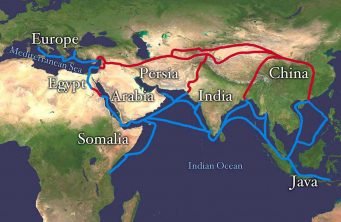
The K-4, which has a range of around 3,500 km, will be followed by the K-5 missile, a 5,000 km SLBM. Work on the fourth missile in this series, the K-6, began at the DRDO’s Hyderabad-based Advanced Naval Systems in February. The missile is reported to have a range of 6,000 km.
The slightly larger and more capable INS Aridhaman is nearing completion and it will also feature other improvements as well, including upgrades in reactor power, new indigenously-built sonar and integrated combat systems and enhanced communications.
Together the five boomers will serve as the backbone of India’s survivable nuclear deterrent, and allow India to achieve strategic invulnerability.
Another important development comes in the form of Project Varsha, which involves the construction of a nuclear submarine base reportedly at a cost of Rs 30,000 crore. The base, which is expected to be ready by 2022, will have concrete pens that will offer a safe haven for the crown jewels of India’s undersea assets.
Securing the seas
The value of submarines as strategic assets is indispensable. During the 1999 Kargil War, the Indian Navy had deployed the INS Sindhurakshak off Karachi and was hours away from peppering the port with land attack cruise missiles. Had the war last another day, the Navy would have made a bonfire of Karachi like it did in the opening hours of the 1971 War.
The new advanced SSNs, SSBNs and the P75I boats are critical components of India’s defensive and offensive strike options that will protect its areas of national interest, particularly the IOR.
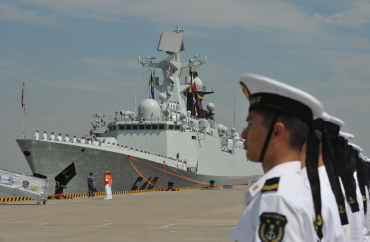
The Indian Navy is aiming for a fleet of 24 subs, but there’s no reason why a country of India’s geopolitical clout and economic heft cannot build twice that number which will enable the Navy to target every task force in the Indian Ocean. It would also allow patrols even beyond – into the dragon’s backyard in the South China Sea or the Western Pacific. If North Korea, which can barely feed its population, can build a fleet of 70 submarines, there’s no reason why India with a GDP nearly 200 times greater than North Korea cannot build more. The tyranny of low expectations that plagues Indian strategic thinking needs to be discarded.
Building a submarine fleet takes time. Unlike capital equipment deployed by the Air Force and Army, the Navy’s ships and submarines are long-gestation projects. Delays are common when such projects are undertaken by newly industrialised countries like India. Also, on an average for every two to three vessel inducted, one from the existing lot retires due to age, underlining the fact that navies cannot be created overnight. In this backdrop, it could take a lot longer than projected for the Indian Navy’s submarine fleet to reach optimum levels.
– The author is a New Zealand based defence analyst. His work has been quoted extensively by leading think tanks, Universities and publications world wide









